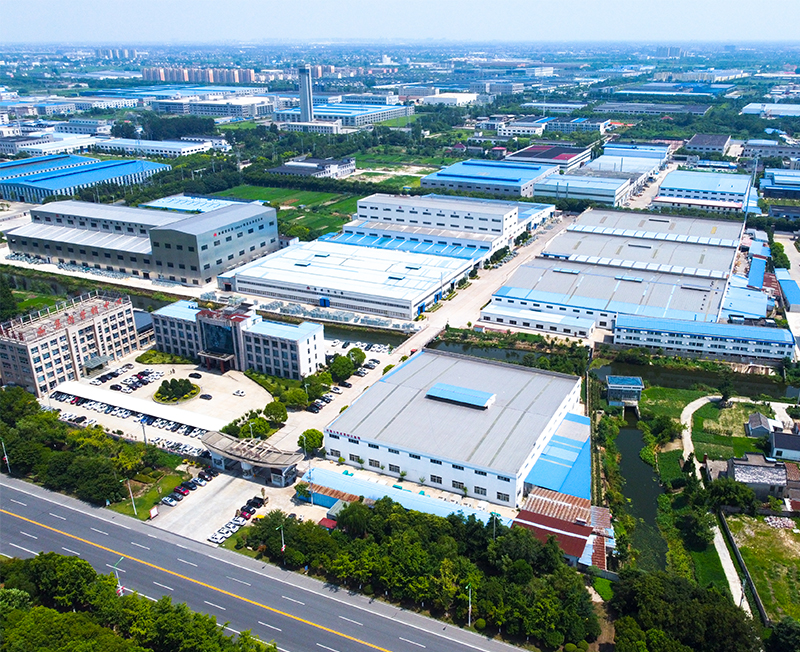- E-mail: admin@yaweitransformer.cn
- Tel: +86-18862719076
The principle of the isolation transformer is the same as that of the ordinary transformer, which uses the principle of electromagnetic induction. Usually, the AC power supply voltage we use is connected to the earth by one line, and there is a potential difference of 220V between the other line and the earth. Human contact can produce electric shock. The secondary isolation transformer is not connected to the earth, there is no potential difference between any two lines and the earth, and people contact any line will not be electrocuted, so it is safer and commonly used for maintenance power. Isolation transformer picture shot
Isolation transformers are not all 1 to 1 transformers. The power supply of the control transformer and tube equipment is also an isolation transformer, such as tube amplifier, tube radio, oscilloscope and lathe control transformer and other power supplies are isolation transformers.
In general, although the transformer primary and secondary windings also have the role of isolating the circuit, but in the case of high frequency, the capacitance between the two windings will still cause electrostatic interference between the two sides of the circuit, in order to avoid this interference, the primary and secondary windings of the isolation transformer are generally placed on different core columns to reduce the capacitance between the two; There are also concentric placement of primary and secondary windings, but electrostatic shielding is added between windings to obtain high anti-interference. It effectively filters the input end of the transformer (the power supply voltage supplied by the power grid), thus providing a pure power supply voltage to the electrical equipment.
Electrostatic shielding is to set a non-closed copper sheet or non-magnetic conductive paper between the primary and secondary windings, which is called the shielding layer. Copper sheets or non-magnetic conductive paper are wired to the housing. Sometimes in order to achieve better shielding effect, a shielding shell is also covered in the entire transformer. The lead wire terminal of the winding is also shielded to prevent other external electromagnetic interference. In this way, there is mainly only residual magnetic coupling between the primary and secondary windings, and the equivalent distributed capacitance between them can be less than 0.01pF (what is capacitance?) Thus, the capacitive current between the primary and secondary windings is greatly reduced, and various disturbances from the power supply and other circuits are effectively suppressed.
